Nasal hygiene is necessary in the treatment of nasal congestion in children with respiratory infections, but for healthy children, daily nasal washing in the wrong way can easily cause choking, bleeding, and ear infections.
Dr. Tran Thuy Linh, Tam Anh General Hospital, Hanoi , said that she has recently received a number of cases of children choking and vomiting after washing their noses due to salt water flowing from the nose into the throat. In other cases, washing the nose in the wrong position caused pain, bleeding or otitis media.
The nose and throat have just enough natural fluid to lubricate the mucosa, preventing the invasion of bacteria and dirt. If you overuse nasal irrigation, your child will lose natural secretions and protective layer, causing the nose to burn, become irritated, and even become chronically infected.
Dr. Linh advised parents not to overuse nasal washing and drops for healthy children as a daily habit. It should only be done when the child has inflammation, stuffiness and a lot of runny nose. Parents can clean their child's nose after being exposed to a smoky environment or after returning from a long trip, especially children with a history of allergic rhinitis, sinusitis...
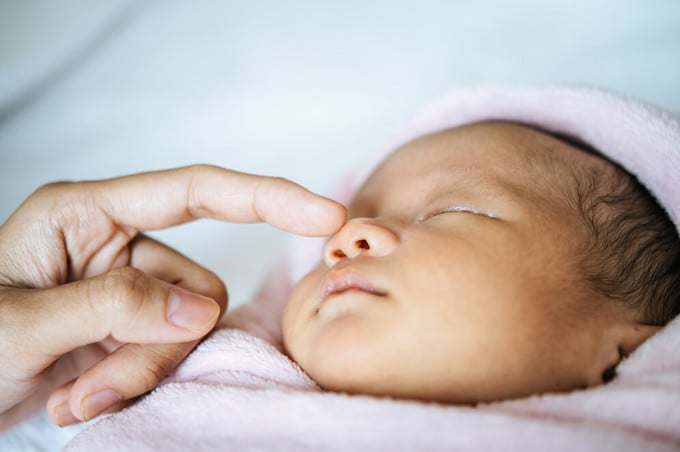
Daily use of saline causes the child's nose to lose its natural immune system. Photo: Freepik
For children under 6 months, parents should soak a bottle of saline solution in cold weather, then drop 2-3 drops into each nostril and use a nasal aspirator to suck.
Self-rinsing of the nose should not be used for children under 6 months of age because their mouth breathing reflex is not yet complete. After rinsing, it can stimulate coughing, however, the airway protection reflex is less effective in children under 6 months. Parents should have their children's noses washed at medical facilities.
To clean the nose properly, first, the nasal spray or washing tool must be sterile, can be soaked in warm water for a few minutes before washing, the washing tip must not be too hard to avoid causing injury to the child. The best cleaning solution is isotonic saline (in 100 ml of solution there is 0.9 g of salt). Using other solutions for cleaning, for example hypertonic saline (saline solution mixed with a ratio of pure salt/distilled water higher than 0.9%) requires a doctor's prescription.
The nose should be cleaned when the child is awake, avoid cleaning immediately before or after meals. Adults should place the child in a supine position, with the head tilted to one side during the procedure to avoid the risk of choking due to reflux or vomiting. To clean the left nostril, turn the child's head to the right and the person cleaning the nose should stand on the child's left side, continuing to do the opposite with the right nostril.
Next, place the tip of the device into your baby's nostril, squeeze quickly but not too hard so that the saline solution goes in and slowly flows out through the other nostril. Finally, use a soft cloth to gently wipe the nose and mouth and reassure the baby.
Dr. Linh recommends that parents should not wash their nose more than three times a day to avoid damaging the nose, and should not mix other medications into the saline solution. Do not share the tools with other children.
Thanh Ba
| Readers ask questions about children's diseases here for doctors to answer |
Source link



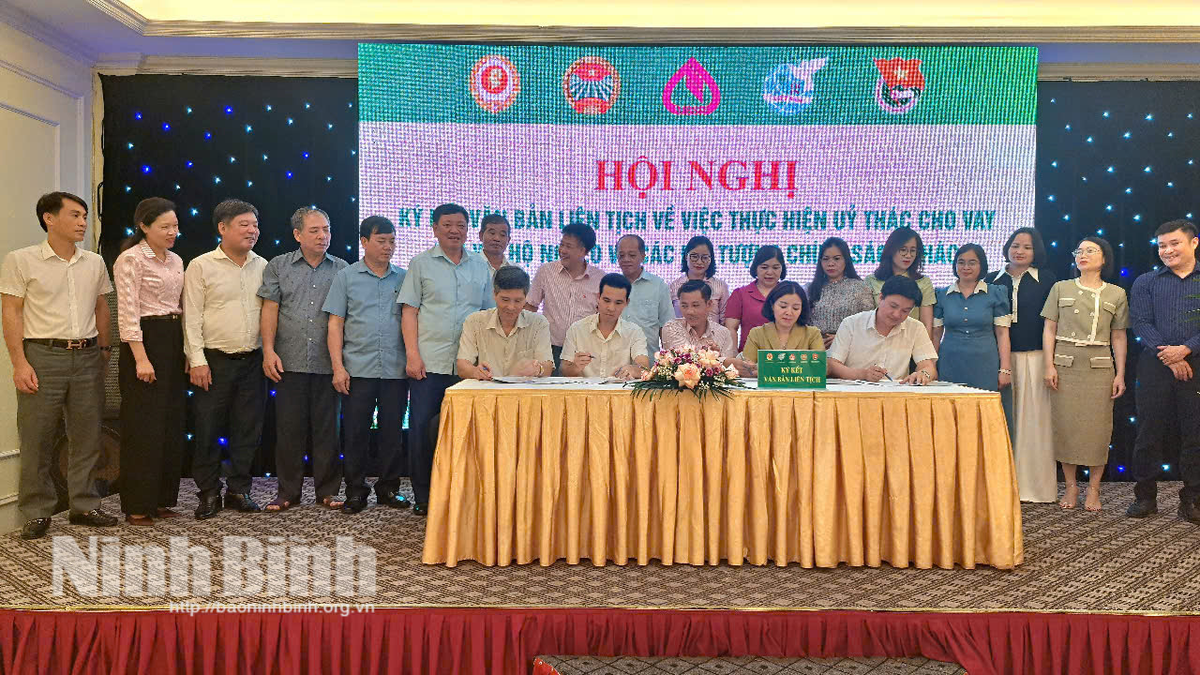
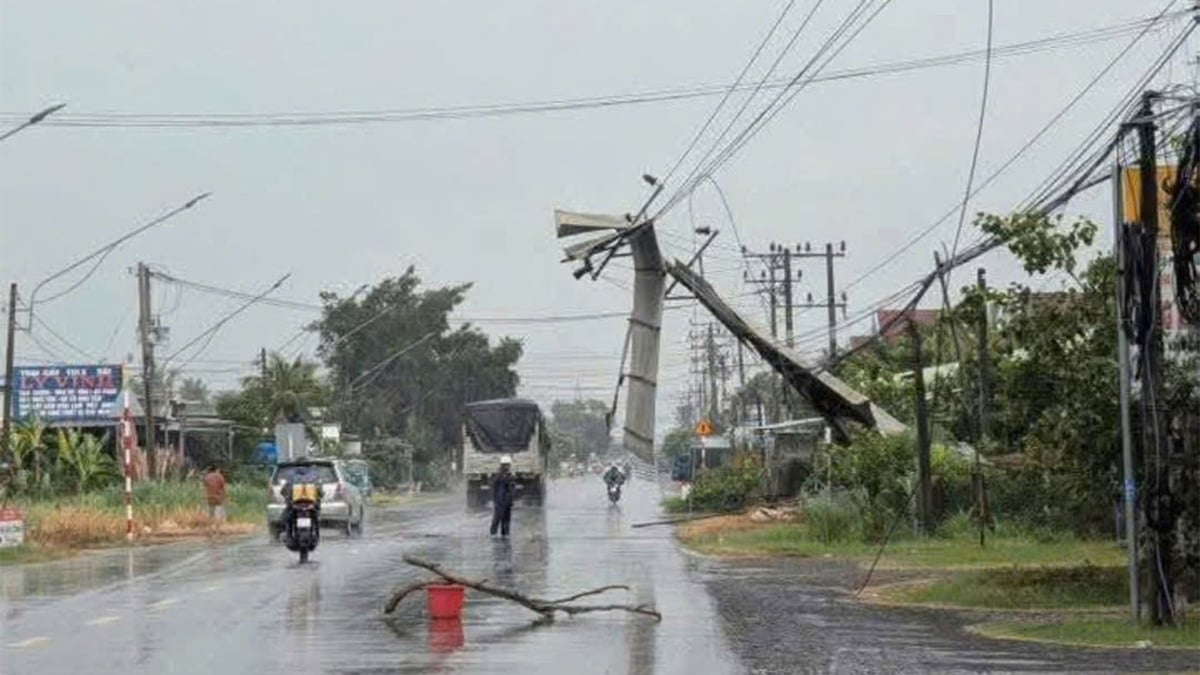
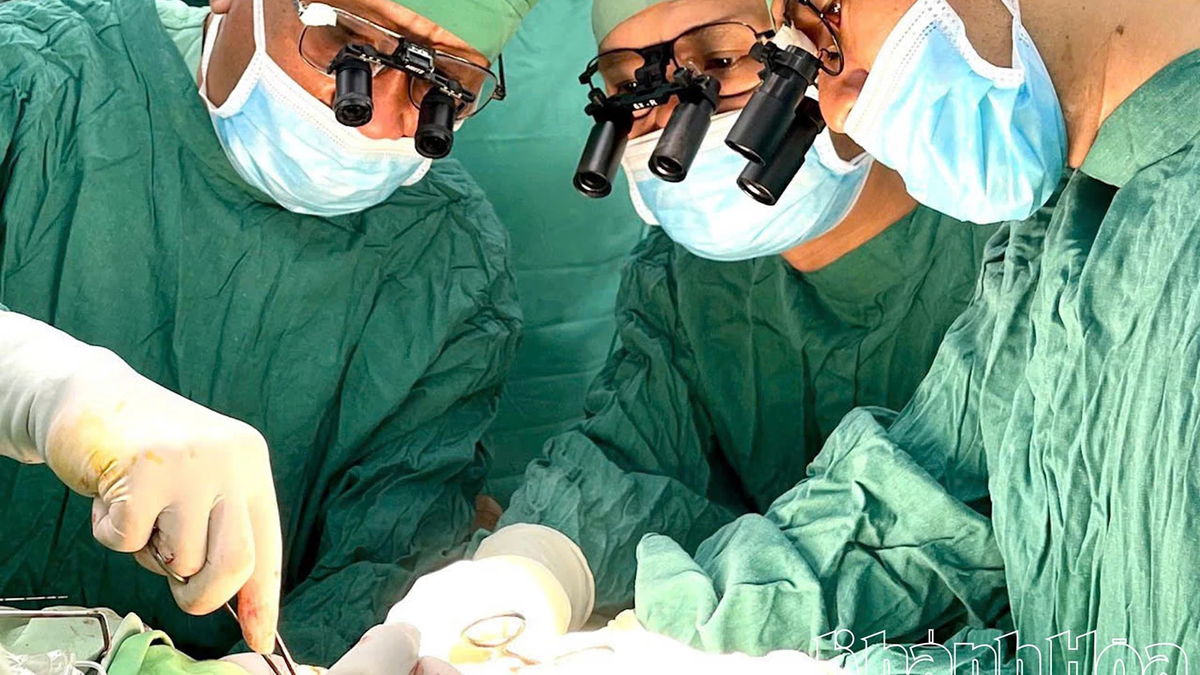





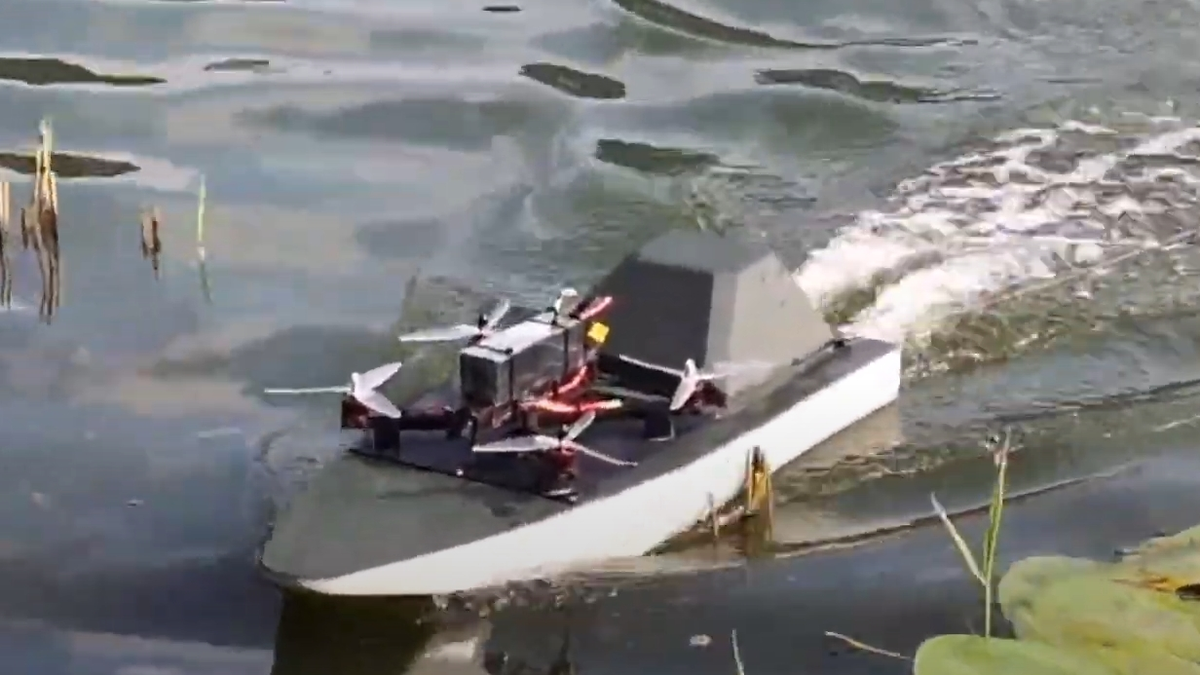








































![[Maritime News] More than 80% of global container shipping capacity is in the hands of MSC and major shipping alliances](https://vphoto.vietnam.vn/thumb/402x226/vietnam/resource/IMAGE/2025/7/16/6b4d586c984b4cbf8c5680352b9eaeb0)













































Comment (0)